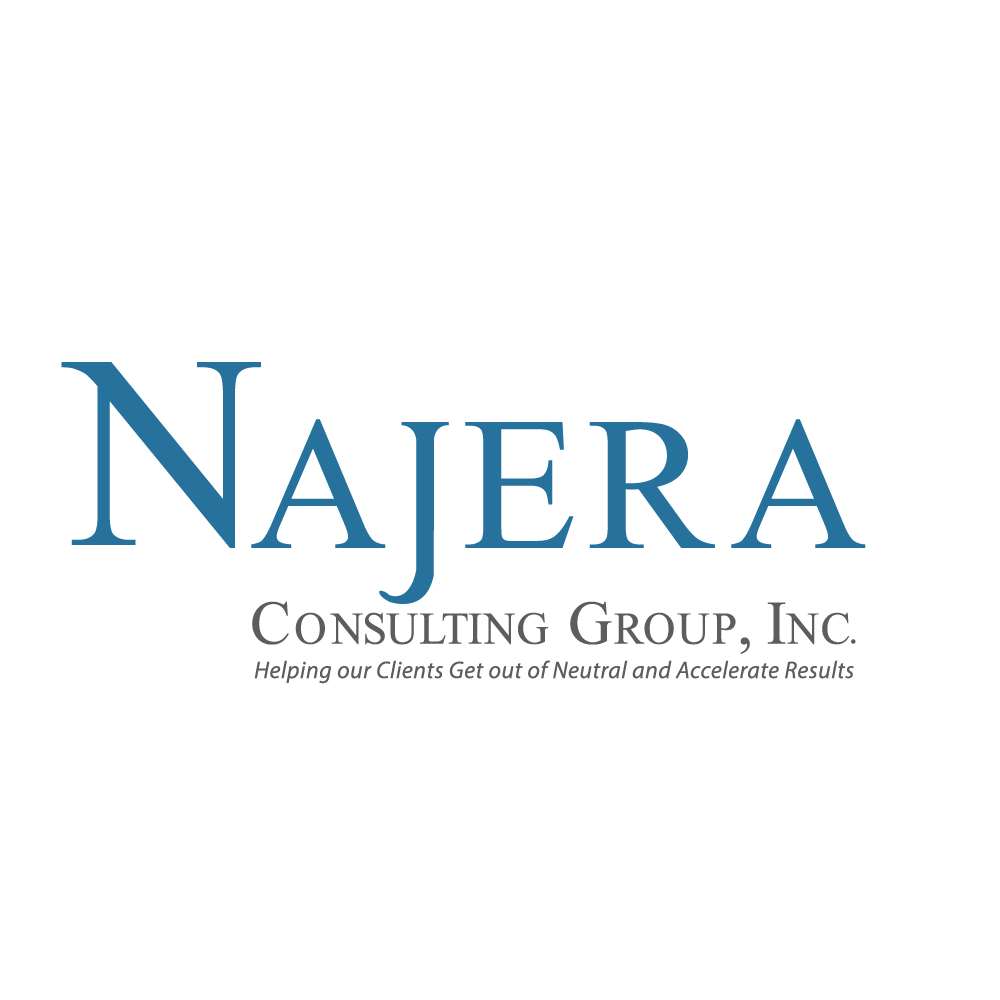“The marvelous thing about lack of planning is that failure comes as a complete and utter surprise.” – Peter Green

One of the biggest challenges nonprofit leaders face is developing a well-thought-out strategic plan. “Are you kidding me?” they’ll say. “Who has time to do a strategic plan when there’s so much urgent work to do?”
The irony, of course, is that many of those crises are the result of not planning. Without a roadmap, organizations spend their energy reacting instead of leading. Time feels scarce, and planning falls to the bottom of the list. Yet, as we’ve seen time and again, investing in strategy is what saves the most time—and multiplies impact—in the long run.
At Najera Consulting, we define strategic planning as a strategic thinking process whose outcome is clarifying your organization’s purpose, the social impact you seek to achieve, and the choices you will make to get there.
Depending on your size, stage, and circumstances, there are different approaches to strategic planning. All are valid. But not all are equally strategic. Here are the three most common approaches—ranked from least to most strategic.
Goals-Focused Approach to Strategic Planning
This approach is the most common—and the least strategic—approach. The emphasis is on establishing clear organizational goals and then building action plans to achieve them.
A Goals-Focused Approach is right for you if:
- Your organization already has a clear mission, vision, and values that are well understood by staff and board.
- You are confident in how your nonprofit creates, delivers, and sustains value for your community.
- You can readily identify goals for the future without needing deeper exploration.
- Your internal and external environments are relatively stable.
- Resources (people, time, money) are minimal.
- Decisions are often made top-down.
- You have successfully implemented a strategic plan within the last two years.
This approach is simple and efficient. However, it tends to remain tactical, suitable for short-term alignment, but less effective in navigating complex challenges.
Issues-Focused Approach to Strategic Planning
Also known as Critical Issues Planning, this approach is more strategic than goal-focused planning. It begins with a situational analysis, identifies the most pressing issues facing the organization, and builds action plans around those.
An Issues-Focused Approach is right for you if:
- Your organization faces several critical issues that need clarity and prioritization.
- You are confident in your value creation but see challenges ahead.
- You anticipate significant internal or external changes in the coming year.
- Your management team struggles to reach a consensus on the future.
- You have limited resources to devote to a comprehensive process.
This approach can be beneficial for nonprofits facing leadership transitions, funding uncertainty, or shifting policy environments. It helps organizations get unstuck by pinpointing the roadblocks.
Comprehensive, Systems-Focused Approach to Strategic Planning
This approach is the most strategic and comprehensive, and it is the one most often used by our clients. It takes a big-picture view, looking at your organization as a system and aligning every part of it around the impact you seek to achieve.
At Najera Consulting, we guide organizations through this approach using our Nonprofit Model for Social Impact. It’s a structured yet flexible process that ensures strategy is anchored in purpose and built for real results.
In practice, this means:
- Starting with a Social Problem Analysis: clarifying the community issue your organization exists to address.
- Defining or refining your Mission and Vision: making sure your purpose is clear and inspiring.
- Developing a Theory of Change: mapping the logical path from your activities to the outcomes and impact you seek.
- Formulating Social Impact Strategies and Business Model Strategies: aligning what you do with how you sustain it.
- Identifying Key Performance Indicators (KPIs): measuring what truly matters for accountability and learning.
- Establishing a Data Feedback Loop: ensuring your strategy evolves as your environment and community needs change.
A Comprehensive, Systems-Focused Approach is right for you if:
- You want clarity on your mission and impact before making big financial or programmatic decisions.
- You are navigating a dynamic or uncertain environment.
- You want your board and staff fully aligned around a shared framework.
- You’ve struggled in the past to stick with a strategic plan.
- You want strategies that integrate operations, sustainability, and measurable outcomes.
- You are committed to building resilience and accountability for the long term.
This approach is more time-intensive, but it yields the highest return: clarity, alignment, resilience, and lasting social impact.
The Payoff: Why Planning is Time Well Spent
Some nonprofit leaders think they’re too stretched to begin strategic planning. But here’s the truth: every hour invested in planning saves hours of wasted effort down the road. More importantly, it multiplies the difference you can make in the lives of the people and communities you serve.
If time is money, then time spent planning is the best investment a nonprofit can make.
Ready to Take the Next Step?
If your organization is ready to explore which approach to strategic planning is right for you, we’d love to help. You can:
- Schedule a call with us to discuss your organization’s needs.
- Explore our Strategic Planning services to see how we work with mission-driven organizations.
- Learn more about our Mission Mastery Program, an online course designed to equip nonprofit leaders with tools to drive real impact.
Because when it comes to strategic planning, time well spent leads to impact well made.

